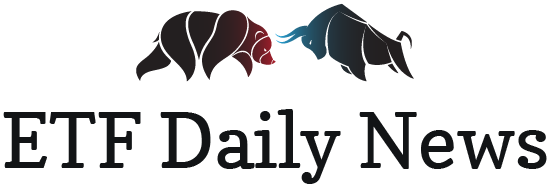Covered call ETFs offer the combination of investment exposure to a selected index, plus high-yield income from selling call options. I am considering a tactic for this type of fund that should help boost total returns.
Last month, I made a presentation at the Las Vegas MoneyShow covering covered call ETFs. I discussed how they work and the pros and cons of a dozen funds that employ option-selling strategies. While preparing, I noticed a potential problem and have been thinking about a solution.
A solution that could boost your investing returns…
United Airlines (UAL) at $45.86, June 9 $49.00 calls at $1.00.
The covered call trade would be to buy UAL (in 100 share lots) and sell the call options. The option premium gives a 2% cash return in roughly 30 days. If UAL is below $49.00 on June 9, the calls expire worthless, and more calls can be sold the following week. If the stock is above $49.00, the call will be automatically exercised, and you will receive $49.00 per share, giving a $4.14 per share, or about 9%, total return in 30 days.
To recap, covered call trades provide current cash income from selling the calls but also cap the possible capital gains.
Covered call ETFs use the same strategy, typically with a popular index as the underlying asset. For example, the Global X NASDAQ 100 Covered Call ETF (QYLD) sells call options against the Invesco QQQ Trust (QQQ). These funds sell monthly options and also pay monthly dividends. Yields can be very attractive. The QYLD webpage reports a distribution yield of 11.7%.
The challenge to investing these funds is that, after a downturn, it is tough for the share price to…
Continue reading at INVESTORSALLEY.com
